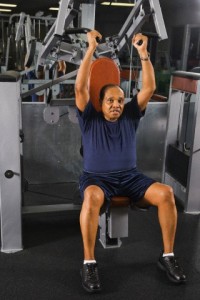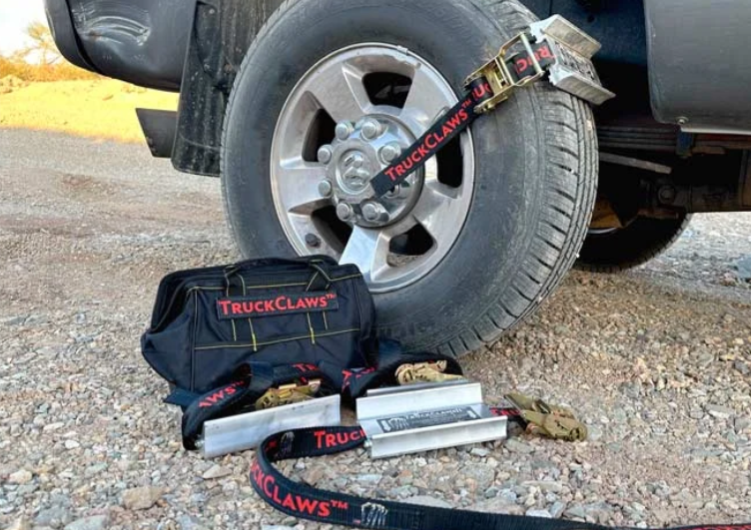(ThyBlackMan.com) Recently I have had discussions about fitness with a variety of men over fifty years old. They had all very much enjoyed their bodies and being active when they were younger. Now though, each is dealing with serious injuries and limitations that are hugely frustrating to them. These people are from a variety of backgrounds, yet it is striking how similar their circumstances have become.
One man had been a multi-sport athlete in high school and college. Another had been in building construction and remodeling for over twenty years. One spent his time being a hard partying “drugs, sex and rock and roll” type  in his youth. (His lament was somewhat humorous, he said, “I never expected that I would get this old.”) A few men were veterans from the various branches of the military. Physically, not one of them can currently move in comfort or do even the most basic of daily activities without pain.
in his youth. (His lament was somewhat humorous, he said, “I never expected that I would get this old.”) A few men were veterans from the various branches of the military. Physically, not one of them can currently move in comfort or do even the most basic of daily activities without pain.
They are all injured in nearly identical ways: little or no cartilage left in their knees, problems with their shoulders and each one described himself as having a ‘bad back’. These are ailments that may not kill a person, but can reduce the quality of life immeasurably.
I started to wonder about the mentors they had learned from: the football coaches, retired contractors, former “party animals” and military officers. Here is the one question I asked:
“Were the people who modeled and taught you about fitness dealing with debilitating injuries in their own bodies by the time they were 40-years old?” After a moment of reflection, each man confirmed they had indeed been told or shown what to do by someone who themselves had become ‘torn up’ with physical injuries by a young age.
Clearly this is part of the problem. These men represent lifestyles that are considered traditionally masculine and they had been taught: to ignore the early signs of pain, minimize the details of their injuries to ‘get back in the game’ (of whichever type) before they had successfully healed, and that high-risk situations are exciting.
Additionally, each of these environments is very goal driven. In organized sports you do not stop taking hits until one team has won, a builder needs to finish each project, at frat parties and rock concerts it is about being the last man standing, and the military trains it’s fighters to push past their endurance in any circumstance.
So how men tend to get injured makes sense, but what to do about it now? If we want to have healthy men in our communities, apparently, we need to make some changes.
1. It would be great to find or invent more styles of exercise, hobbies and careers that satisfy a desire to feel ‘manly’, powerful and athletic while being safer.
2. An important skill for many men to develop is how to listen to their bodies more carefully and then be willing to stop or modify an activity when it starts to hurt.
3. We can understand that even if a man appears to be strong and functional, there may be reasons why he is in pain and having to limit how he uses his body. (Maybe he can not safely carry an ice chest filled with drinks, or help move furniture and is reluctant to say so…)
4. If we adjust how we treat our younger men, perhaps in the future we will have more men who are happy and vibrant as they age.
Here are a few ideas for injury reduction based on the examples from this article:
**Can we hire and reward athletic coaches who care as much about their players as they do about the game?
**How about if construction sites make sure that there are enough workers on each project so that dangerous jobs can be done more safely?
**It is possible for ‘party animals’ to have fun with smaller amounts of alcohol and drugs which would reduce accidents.
**Changes in the military will be challenging, because we still want our soldiers to be well prepared in case they need to fight. Most likely there are ways to improve the boot camp and training process so that fewer people are wounded before they actually get into battles.
5. Most importantly we can expand our definition of what it means to be ‘masculine’ and encourage behavior that allows men to care for themselves while having fun and working hard.
What are your suggestions? Do you know men who are suffering from injuries sustained in their youth? Are there examples of men who are thriving into their 50?s, 60?s and beyond that you can tell us about?
Staff Writer; Margo Rose
Margo Rose is the chief blogger of http://www.BodyAwareGrieving.com.
Her practical website is devoted to helping people stay healthy during sad times.
















Leave a Reply